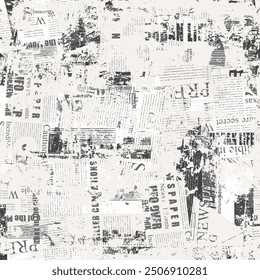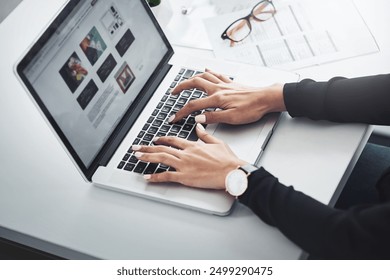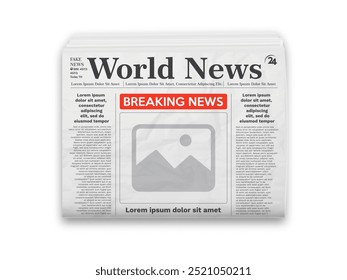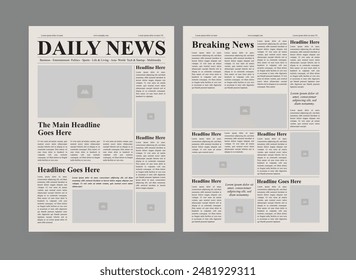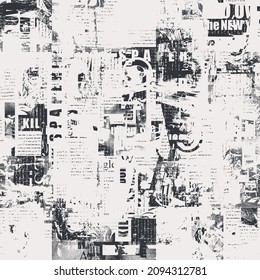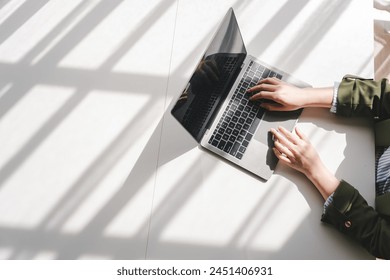
Source: Depositphotos
If you had to write down a list of your top priorities as a web designer, chances are SEO would not be very close to the top. But if that’s the case, then you’re doing yourself a disservice, since SEO is crucial to the success of nearly every site, and designers definitely do have a role to play in it.
Web design can affect SEO in a number of ways, primarily indirectly through things like increased time on site, reduced bounce rates, and attracting backlinks. These can all be improved with better design.
Beyond that, though, a strong command of basic SEO principles, and how UX plays into them, can make it easier to do your job well, from the perspective of providing long-term business value to your clients. Let’s explore how.
1. SEO Is More Than Keywords and Links
Much of the focus in the SEO world is on keywords and links. While these are certainly important, there’s a lot more to effective SEO than you may realize.
Essentially, there’s the keyword and linking part of SEO. Then there’s the behind the scenes SEO, often called “technical SEO.” This includes aspects such as server optimization, performance, ensuring the site is easily crawlable by search engine robots, and more.
Finally, there’s “design SEO,” which often falls more under the umbrella of user experience. This encompasses parameters like readability, accessibility, and other things that may not have a direct impact on search engine rankings, but play an indirect role by improving the UX and related metrics on a site.
Knowing the difference between these areas, and who’s responsible for each, can help you work as a more cohesive team with your developers and copywriters. The end result will be better websites that flow better, rank higher, and convert more.1
2. Design and Copy Teams Should Work Together
SEO might seem like a copywriter’s job — and while that’s often true, it isn’t always the case. Collaboration is especially important when building or redesigning a website from scratch.
Conventional wisdom has long held that a website needs to follow one of two distinct paths:
- Copy-first: The copywriter does their work and provides the finished copy to the design team, sometimes with a wireframe of the suggested layout. The designer then builds around the copy to achieve maximum impact and ensure the message gets across.
- Design-first: The opposite of the above — the design team lays out the website first, and then the copywriter fits their words into the provided layout.
However, building a website — especially a highly optimized, SEO-friendly website — isn’t just a one-way operation. A more back-and-forth, tandem approach is a much better way to go.
For example, the copywriter might provide a rough vision of how they see the words being laid out on the page. The designer might then come back with a tweaked layout that takes into account significant design aspects to move the reader down towards the CTA. The copywriter could then take that and further optimize it to achieve maximum impact.

Source: Depositphotos
This approach might be tough at first, because it requires the designer to consider the flow of copy and SEO considerations that they might not otherwise worry about. However, the end result is likely to be a much more effective website that drives results.
3. Keyword Research Isn’t Just for Content
Keywords are usually not part of the typical design process. However, having an awareness of the keywords being targeted on a page can actually be a big help in tailoring design for maximum effectiveness.
As a designer, you’re probably already aware of how important knowing your audience is to the success of your process. Effective design doesn’t stand in a vacuum, after all — it should be created with the intention of moving a particular person towards a particular goal.
You may be familiar with audience personas (you may even use them already when creating new designs). A keyword tool can be used to help inform and refine those personas by showing what topics a given user might be searching for (and thus, it follows logically, is interested in).
Another aspect of keyword research that can be useful for designers is competitive analysis. By knowing the other sites that rank for your target keywords, you can get an idea of what companies you’re competing against. This information can then be used to design a winning website that not only looks great, but meets the business goals of your organization or client.
4. Mobile-Friendliness Is Vital for SEO and User Experience
It’s no secret that mobile usage has been on the rise for years. But mobile-friendliness and responsive design aren’t just about providing an excellent user experience — they’re also some of the most important ranking factors used by Google to determine a site’s position on the SERPS.
Building a responsive theme or website isn’t just the web developer’s job. Some layout and design schemes are more mobile-friendly than others, so creating a website that looks and feels great on mobile devices also falls to designers.
This is especially true with mobile-first design, where the site is designed first for mobile devices, and then scaled up to desktops. A truly mobile-first experience is different from responsive design — it calls for an approach that’s scaled back and simplified, yet still feature-rich and beautiful.
5. Accessible Design Is a Win-Win
There is a tremendous amount of overlap between design elements that are good for accessibility (and usability in general) and those that are good for SEO.
Consider Google’s latest push with Core Web Vitals, for example: they put emphasis on the loading, interactivity, and visual stability of a site, which are all critical components for the user experience, as well.
At the same time, accessibility features like image alt text, heading structure, and even link anchor text can play an important part in both making your site usable for everyone and, at least in some cases, in SEO.
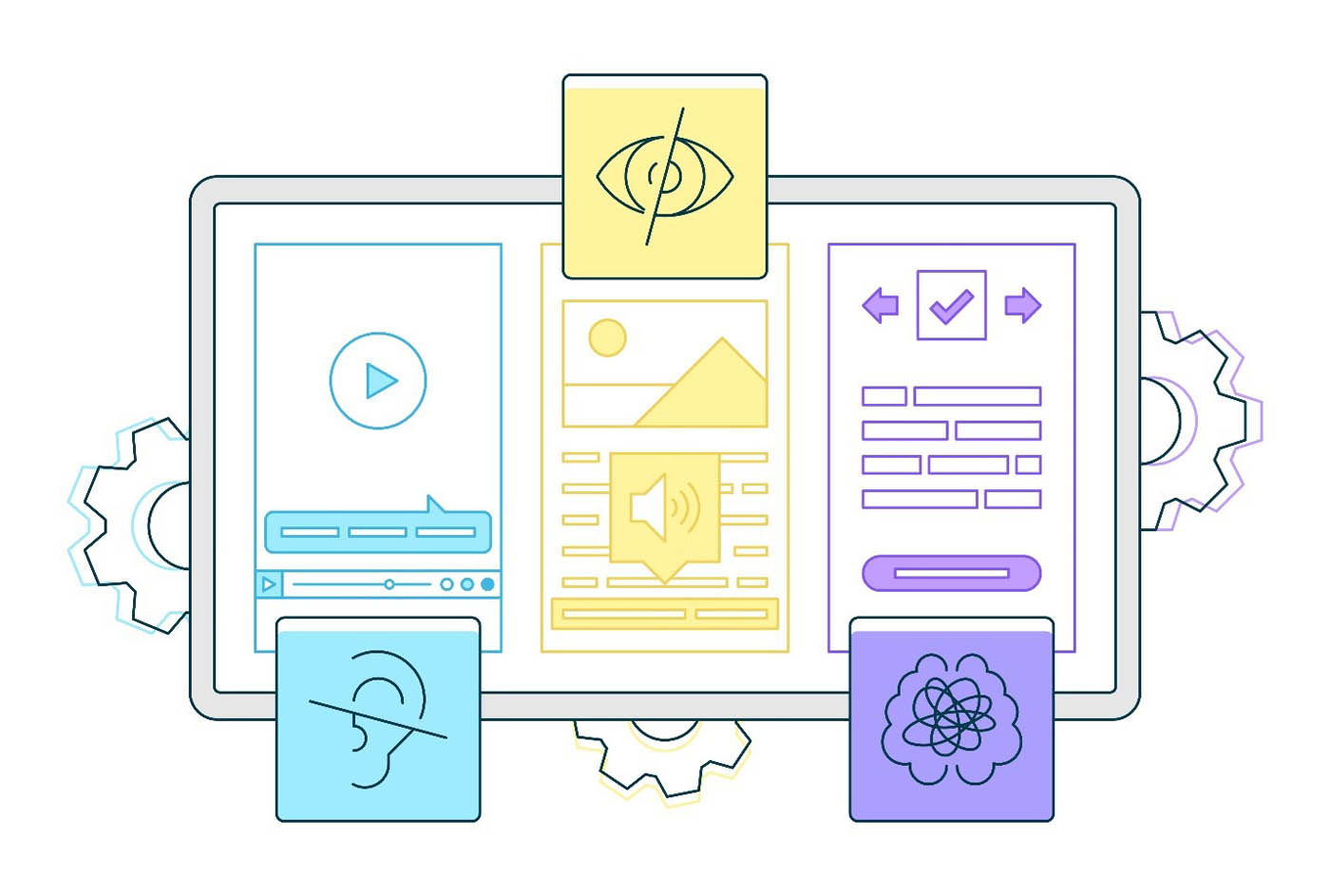
Source: Depositphotos
As such, designing a site to be as accessible as possible accomplishes two important things: First, it helps make your site friendlier and easier to navigate for everybody. And then it jumpstarts SEO and pushes the site up on the SERP. It’s a true win-win situation (for once!).
Improve Your Design Chops With Knowledge of SEO
Whether you’re a brand-new designer or an agency veteran, there’s always room for improvement. While SEO Company know-how might not be the first place many designers start, there’s definitely a lot that can be applied throughout the design process. In the end, it all leads to better design, more effective websites, and stronger results.





